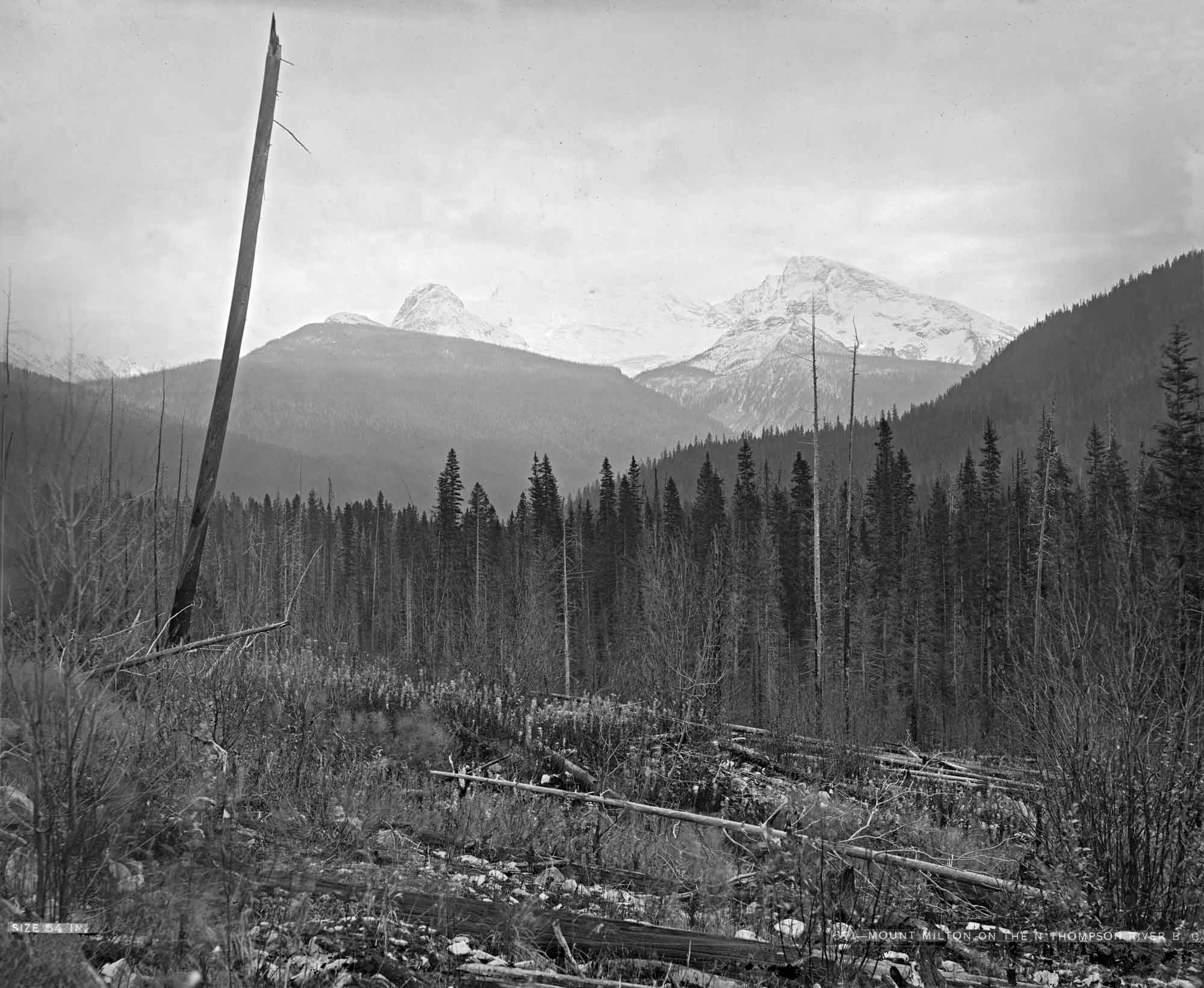Fraser River and Smoky River drainages
Near headwaters of Renshaw and Beaverdam creeks
53.535 N 119.8989 W — Map 083E12 — Google — GeoHack
Earliest known reference to this name is 1925
Name officially adopted in 1925
Official in BC – Canada
Boundary Commission Sheet 35 (surveyed in 1923)
Boundary Commission Sheet 36 (surveyed in 1923)
Frederick Arthur Pauline [1861-1955] was the new Agent-General for British Columbia at the time of this mountain’s naming in 1925. The mountain was formerly known as “Curly Mountain”, after Donald “Curly” Phillips [1884–1938], a local guide, but the present name was chosen to avoid duplication.
During the Alberta-British Columbia Boundary Commission surveys in 1923 a geodetic station “Curly” was established here. “Mount Pauline (not Curly Mtn)” identified in the 1930 BC Gazetteer.
- Cautley, Richard William [1873–1953], and Wheeler, Arthur Oliver [1860–1945]. Report of the Commission appointed to delimit the boundary between the Provinces of Alberta and British Columbia. Part II. 1917 to 1921. From Kicking Horse Pass to Yellowhead Pass.. Ottawa: Office of the Surveyor General, 1924. Whyte Museum
- Cautley, Richard William [1873–1953], and Wheeler, Arthur Oliver [1860–1945]. Report of the Commission Appointed to Delimit the Boundary between the Provinces of Alberta and British Columbia. Parts IIIA & IIIB, 1918 to 1924. From Yellowhead Pass Northerly. Ottawa: Office of the Surveyor General, 1925. Whyte Museum
- Karamitsanis, Aphrodite [1961–]. Place names of Alberta. Volume 1: Mountains, Mountain Parks and Foothills. Calgary: University of Calgary Press, 1991
- British Columbia Geographical Names. Mount Pauline




